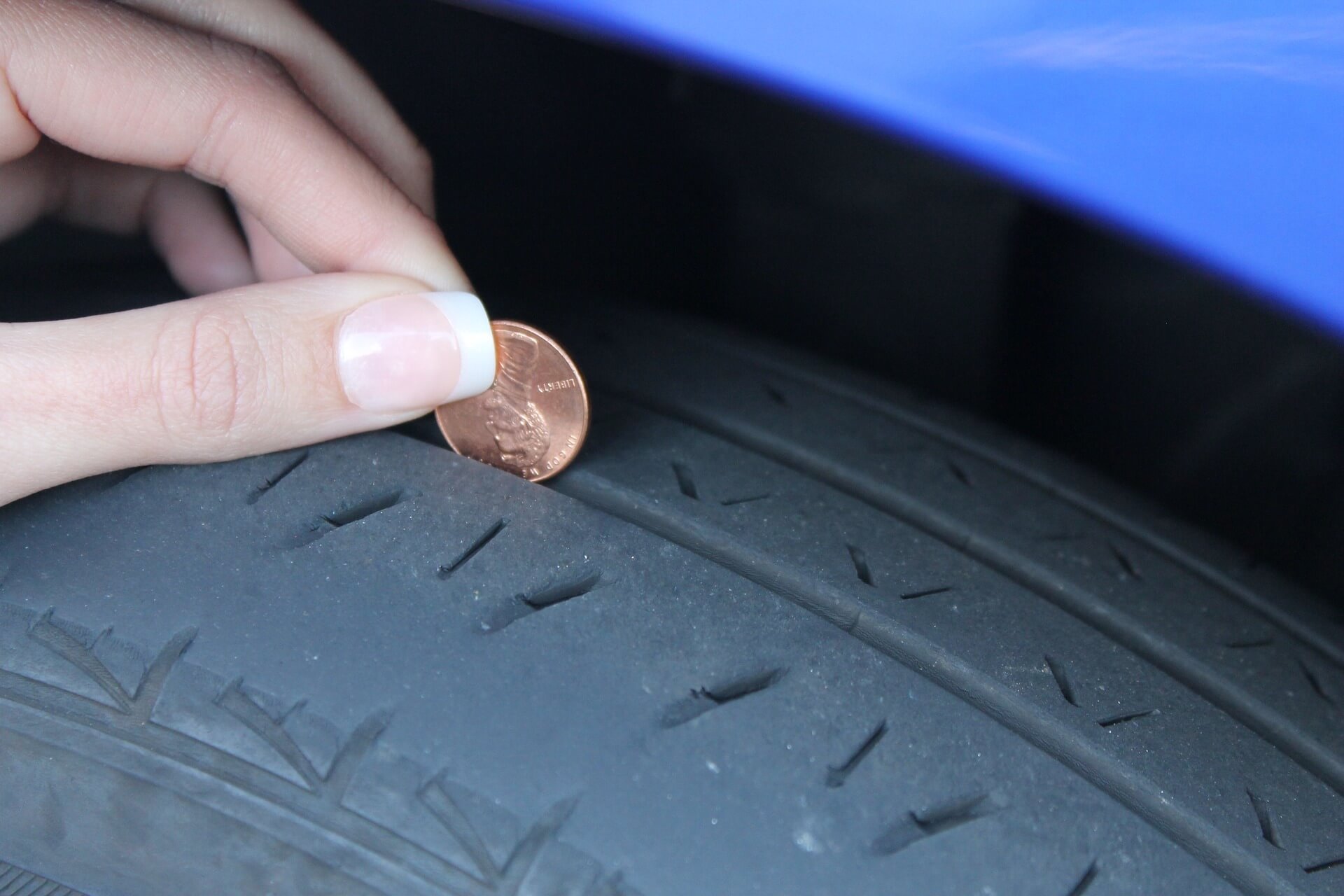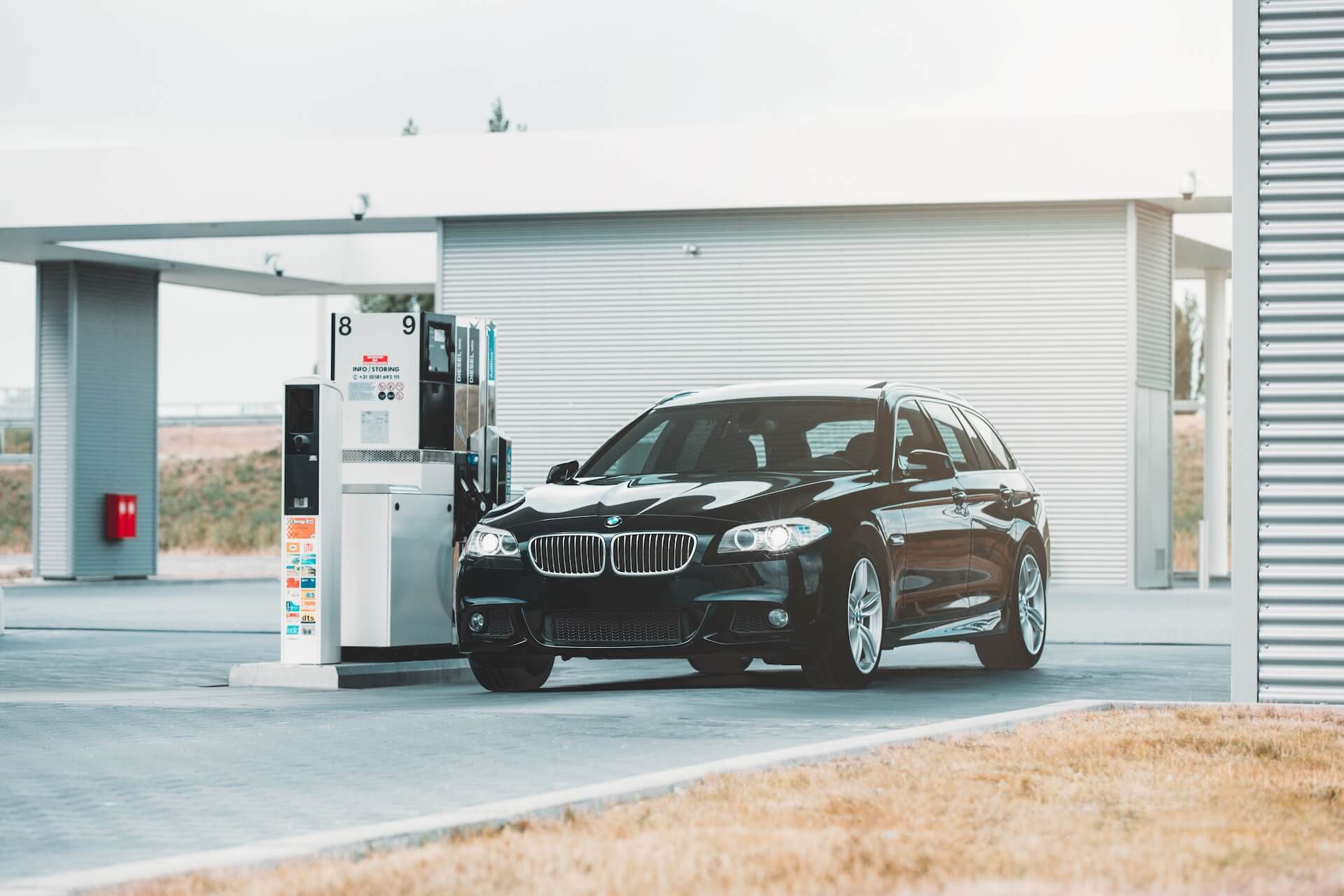How Tires Impact Gas Mileage

Did you know that your tires impact your car’s gas mileage?
- Not only are worn or bald tires dangerous to drive on, but they reduce the vehicle’s gas mileage. Uneven and low tread patters force your car to work harder to attempt to gain traction.
- Low or incorrect tire pressure will result in a two percent loss of gas mileage for every five pounds per square inch (psi) of pressure that is below the manufacturer’s recommendation. Learn more about tire pressure.
- Unbalanced and misaligned tires also hurt gas mileage
- Snow tires — which are great for driving in snow and other winter weather conditions — impact gas mileage. Be sure to take them off once spring arrives.
How To Quickly Inspect Your Tires

Driving on worn or bald tires or tires with any type of defects drastically increase the likelihood of blowing a tire and causing damage to other parts of your car.
If you’re not sure of what kind of shape your tires are in, here are a few things to do and look for:
- Stick a penny in the tread, top first. If the tread doesn’t touch Lincoln’s head, your tires are worn.
- Sidewall damage indicates that the tire is not performing properly.
- If an object, like a nail or glass, is poking into the tire, that will need to be addressed.
- Tread pulling away from the tire usually means that there is a defect.
If you notice uneven wear, that could mean your tires have too much or too little air pressure or there are problems with your car’s alignment, steering or suspension.
Front or Back: Where Should New(er) Tires Go?

Many factors — from front-wheel drive to braking — cause front tires to wear faster than rear tires. If tires aren’t rotated on a regular basis, this will mean the front tires will wear out well before the rear tires. If your front tires are worn, there is no need to buy four new tires. Simply match the tread level within 2/32 of an inch to your rear tires.
For ultimate safety and performance, newer tires should always be placed on the rear of the vehicle. The back tires should not be more than 2/32 of an inch lower than the car’s front tires.
Why is this? Studies have shown that cars not following these guidelines can have serious control issues. All major tire manufacturers recommend that the best two tires should be installed on the rear of the vehicle, with no exceptions. Champtires adamantly stands behind this recommendation.
When To Get Your Tires Aligned
Wheel alignments help protect your car and tires. Having them done regularly — typically every two-three years or when tires are installed on your vehicle — can help your tires perform better and last longer. They can also improve the way your car handles.
Top Signs That Your Car Needs An Alignment
-
- You notice uneven tread wear on your tires.
- The vehicle is pulling in one direction.
- The steering wheel is crooked when driving straight.
- The steering wheel vibrates.
- Your tires are squealing.
What To Do If You Suspect You Need A Wheel Alignment
-
- Quickly inspect your tires. If you notice uneven wear, order tires with the appropriate tread depth to match your remaining tires.
- Go see your trusted mechanic. If you’re in the Pittsburgh, PA area, Champtires offers alignment, brakes and other services at our locations.


